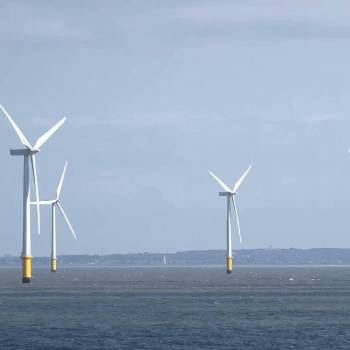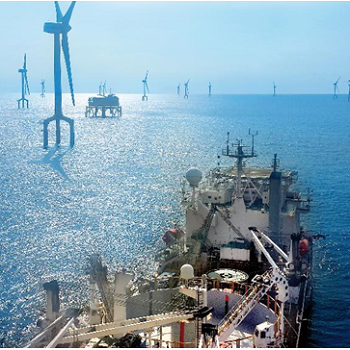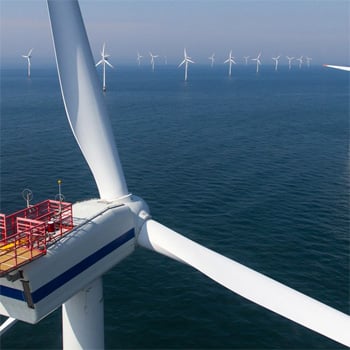The 5 Sustainable Development Goals behind Prysmian’s sustainability strategy
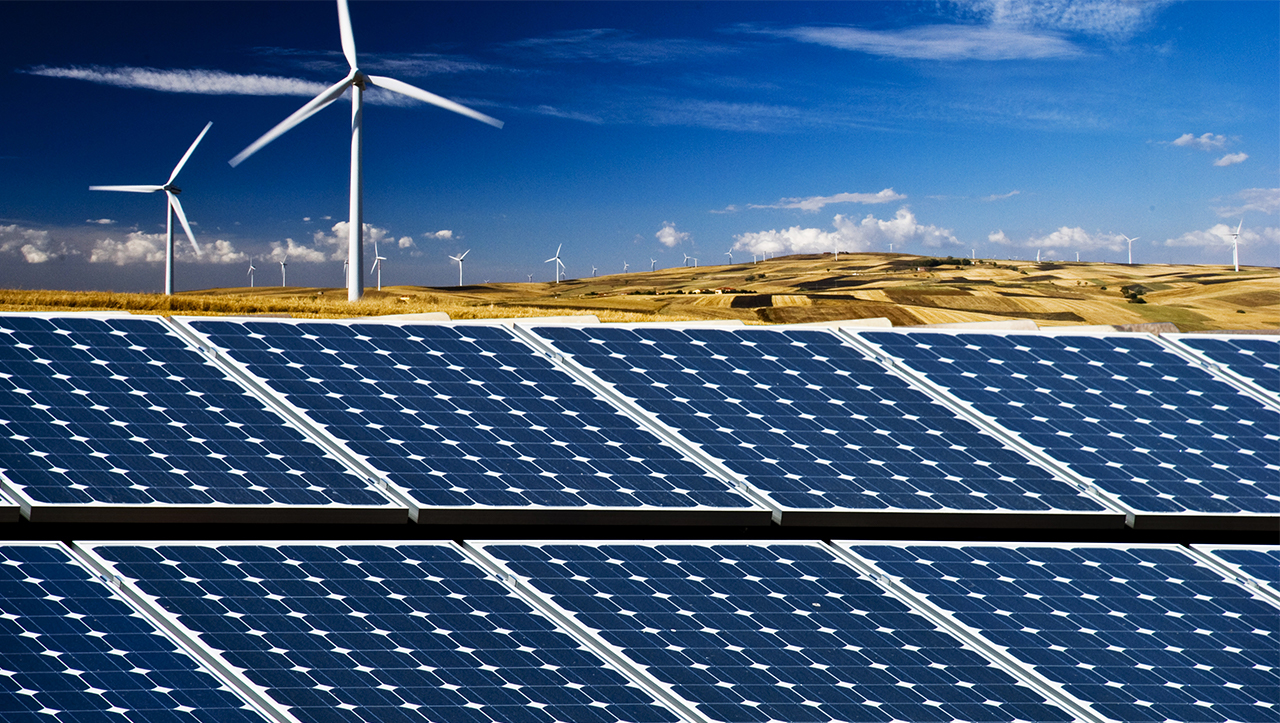
When Prysmian Group set out to create a sustainability policy in 2016, it decided to start with the United Nations’ Sustainable Development Goals for 2030, picking five out of the 17 goals which the company chose to prioritize because it believes they can help it make a greater contribution.
The UN’s Sustainable Development Goals (SDGs) were agreed on in 2015 by member states, civil society and businesses, with the idea of providing a road map of actions to take to reduce poverty, hunger and pollution by 2030. The SDGs were intended to give the UN’s 193 member states a tool to frame their own policies.
That’s what Prysmian has done.
Working from the five most relevant SDGs, as well as with input from the major International Sustainability Indexes and from the needs and expectations of the Group’s stakeholders, Prysmian came up with a set of Key Performance Indicators that measure its actual progress towards achieving these goals in 2020. The Group then created a 16-point “Scorecard” to monitor its own progress towards its targets each year. In 2018, the Group is ahead of its own schedule to achieve several environmental and human resources goals. A portion of several hundred managers’ variable remuneration is linked also to sustainability targets.
Prysmian’s sustainability policy is based these five of the UN’s SDGs: Innovation and Infrastructure, Sustainable Cities and Communities, Renewable Energy, Responsible Consumption, and Gender Equality.
These five SDGs, in turn, were consolidated into three main pillars of Prysmian’s Sustainability Policy, as articulated in 16 KPIs.
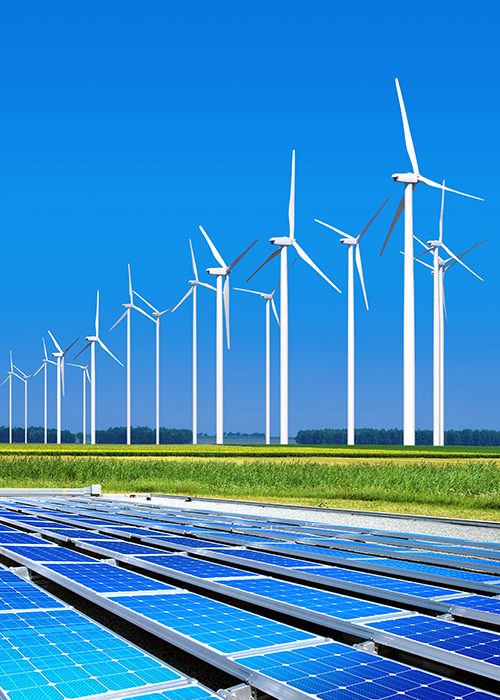
The first pillar is to make it easier for people to have access to energy and innovation in telecommunications and infrastructure. There are four ways Prysmian aims to do this: by developing innovative products that support sustainability in telecommunications and energy infrastructures; boosting the sale of “green” products; contribute to making energy and telecommunications accessible to all; support research and production of renewable energy and sustainable technologies.
The second pillar is about reducing energy consumption at Prysmian’s own 112 plants and across its supply chain. To achieve this goal, Prysmian aims to pursue efficient and sustainable use of energy and natural resources by reducing both energy consumption and greenhouse gas emissions. It aims to minimize waste and reuse raw materials. Lastly, it aims to promote sustainable practices at its own suppliers and business partners.
For its supplier network, Prysmian has made progress in the percentage of drums that are reused each year. In 2018 it began measuring CO2 emissions at its supply chain in selected sites in Italy in partnership with GreenRouter, and aims to extend that project to cover other geographic areas starting with northern Europe in 2019.












The third pillar is to contribute to the development of people and communities. On a concrete level, that means participating and contributing to the socio-economic well-being of the communities in which the Group operates through philanthropy projects. It means promoting ethical behavior and protecting workers’ rights in the company through training and supporting the professional growth of its staff. Lastly, it is about developing effective and transparent communication with stakeholders. These sustainability goals will be now extended to General Cable as well.
Prysmian’s sustainability efforts start with its own headquarters in Milan. The building has received Platinum LEED certification, and thanks to new technologies like a solar-paneled roof, and it now saves 40% on energy costs compared to its old headquarters. Disposable plastic has been banned, including coffee cups: the entire building has become 100% plastic-free. Prysmian offers employees at headquarters a free annual pass on Milan’s public transport system. As a result, now 40% of employees commute to work by train or bus.











